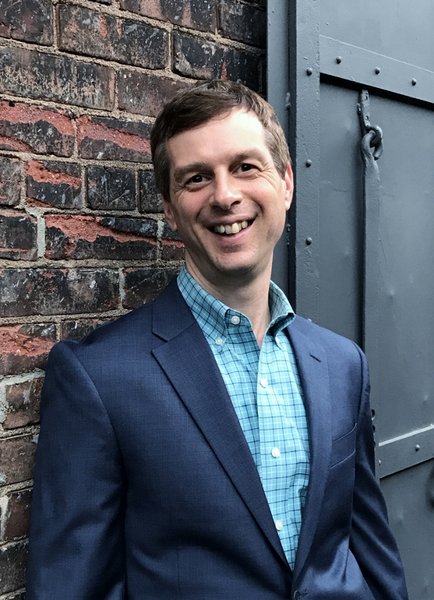Epigenetics: environment & genes
There has been a pervasive thought in both biology and medicine that humans are limited by their genes. It’s true that traits like height and eye color are dictated by the genes you inherit. You can’t manipulate your eye color, for example, without contact lenses.
Diseases also have a genetic component. So, are we are locked in by our genes, as far as disease goes? Not necessarily. Most chronic diseases are influenced by a combination of genes and environment. This means that your family history of cancer or diabetes, for instance, does not necessarily mean that you are highly likely to get the disease.
Epigenetics
Epigenetics is a burgeoning field with a potentially powerful impact on preventing and treating chronic diseases. Literally, it means “above the gene.” In other words, epigenetics regulates gene expression, or the turning on and off of genes, based on our behavior and environmental factors. This can have beneficial or detrimental effects.
It does this through transcription factors – proteins that bind to genes and determine whether they are expressed or suppressed. There are at least 2,000 transcription factors. Examples of some of the more researched transcription factors include NF-kB, increasing oxidation and inflammation; p53, a tumor suppressor; and NRF-2, an antioxidant response.
However, epigenetics does not alter the DNA sequencing of the gene itself. This differentiates it from gene therapy, which is a more complicated process that has thus far eluded medicine, with a few exceptions.
The biochemistry behind epigenetics
Environmental factors, such as diet, toxins, drugs and exercise affect which transcription factors are up-regulated or down-regulated and then, in turn, the genes that are turned on or off. For instance, vitamin D may have an effect on over 200 genes.
To date, cancer is the disease most extensively studied. Cells can be transformed into cancer cells due to down-regulation of tumor suppression genes and expression of oncogenes, pro-cancer genes. The opposite is also true. Epigenetics can cause tumors to either proliferate or be suppressed, depending on environmental influences.
Dietary factors
Diet plays a central role in determining whether cancer develops. There are bioactive compounds in foods that bind to the transcription factors.
Examples of dietary agents that can interfere with the development of tumors in cancer and activate tumor suppressor genes include spices, such as curcumin (turmeric); genistein, a polyphenol found in soybeans; tea polyphenols, highest in green tea; resveratrol, found in grapes, peanuts and blueberries; and sulforaphanes, found in cruciferous vegetables like broccoli. This is not an exhaustive list.
There was a study published in the Journal of Thoracic Oncology demonstrated the benefits of soy in the treatment of non-small cell lung cancer, the most common type. The soybeans increased the sensitivity of cancer cells to the radiation, allowing for their destruction.
Soybean isoflavones help to boost the effect of radiation on cancer cells by blocking the enzyme APE1/Ref-1, which inhibits DNA repair in these cells. They also protect surrounding healthy cells with an antioxidant effect.
The soy isoflavones also had an inhibitory effect on transcription factors NF-kB and HIF-1 alpha. These are examples of factors that induce oncogenes (pro-cancer cells) to be up-regulated, or turned on. Interestingly, in previous studies, soy pills with genistein were used to help destroy cancer cells, but the author suggests that soybeans themselves, with multiple bioactive compounds, are more effective.
Cancer prevention and treatment is but one of the effects of epigenetics. It has also been shown to have potentially beneficial effects in cardiovascular disease, diabetes and allergies. It may even have a direct role in longevity or an indirect role, by preventing chronic diseases such as cancer, obesity and diabetes.
Thus, our health outcomes are not predetermined, and the wonderful news is that we have much more control than we once thought.


